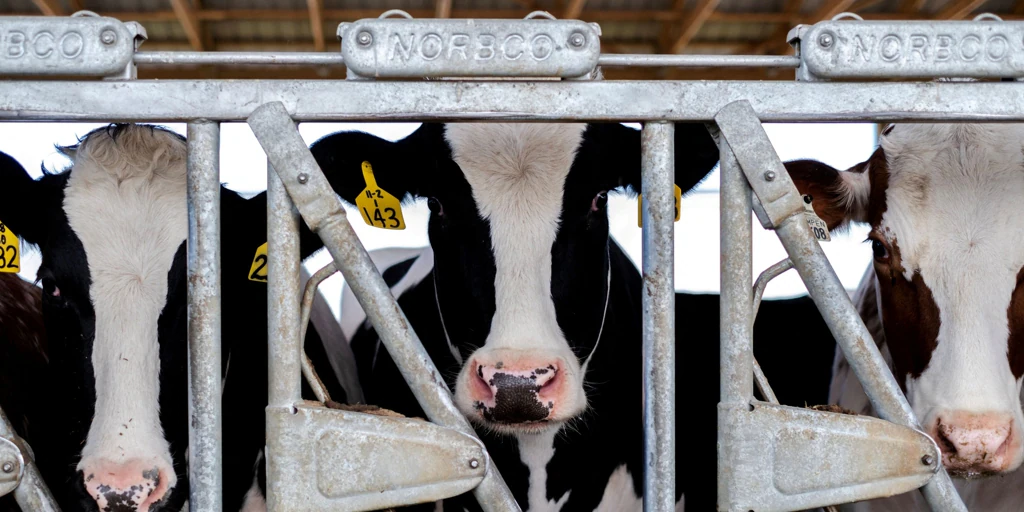WHO warns that bird flu infection is spreading at an “alarming” rate around the world

World Health Organization (WHO) Director of Epidemic Prevention and Preparedness (EPP), Maria Van Kerkhove, assured that while the current focus on avian influenza is “primarily the United States,” we are witnessing a “global epizootics” with an “alarming” situation where infections are being observed in new species such as marine or terrestrial mammals, in addition to wild birds and poultry.
“We need much stricter animal surveillance around the world, not just in the US, and to keep an eye on species that we know are susceptible to infection. Prevention is key in the animal, human and animal-to-human sectors,” said Dr Van Kerkhove during the EPI-WIN webinar “The public health risk of avian influenza A(H5N1) recently identified in dairy cattle”, which was celebrated this Monday.
In this sense, the technical manager of the global influenza program, Dr. Aspen Hammond, explained that in early 2024, “an unexplained illness in dairy cattle occurred that led to a drop in milk production in the United States.” the fact that “H5N1 avian influenza was actually found in cow’s milk.”
“H5N1 has also been detected in other animals near the affected dairy cattle herds, and we have heard reports of infections found in cats and raccoons, as well as wild and poultry in the area. Very high H5N1 viral loads have been reported in the milk of affected cows, which contrasts with the low viral loads in nasal swabs collected from these cows. “There have also been reports that asymptomatic cows have tested positive for H5N1 and that H5N1 has also been detected in the lungs of a cow at the slaughterhouse that was asymptomatic,” Dr Hammond said.
Similarly, contamination has occurred between cows in the same herd, as well as between dairies associated with the movement of cattle within the United States. “It is suspected that cow-to-cow transmission is probably mechanical, but again this is one area that is being explored and a lot of work is being done to understand how the virus is transmitted to, from and between cows,” he said. he remarked.
From mild infection to death
Avian influenza virus infection in humans can cause illness ranging from mild upper respiratory tract infection to more severe illness and can be fatal. “Non-respiratory symptoms have been reported in some cases. “Conjunctivitis, gastrointestinal symptoms, encephalitis and encephalopathy have also been reported in previous human infections with A(H5N1) virus,” Dr. Hammond said.
However, the expert emphasized that the available epidemiological and virological data indicate that “influenza A(H5) viruses have not acquired the ability for sustained transmission between people, so the likelihood of infection is low.” Thus, experts recalled that H5N1 avian influenza “is not limited to the United States, but emerged in 1996 and has been endemic or spread throughout the world since 2002,” but that “this is the first time it has been observed in the United States.” cows.”
In this context, WHO’s head of nutrition standards and scientific advice, Dr Moez Sanaa, also recommended “not consuming raw milk, eggs or meat, especially in areas where there have been outbreaks of influenza on farms.” as in “consume pasteurized or properly boiled milk,” that is, “do not consume raw milk.”
